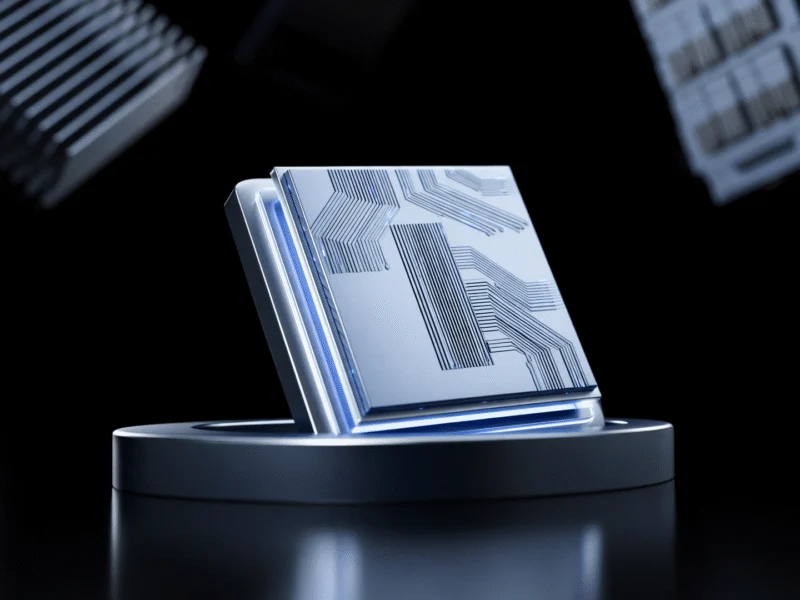Apple M5 Chip: A New Era in AI and Performance
Apple has officially unveiled the M5 chip, marking the next generation of Apple silicon with groundbreaking advancements in artificial intelligence and graphics performance. The announcement, detailed in a comprehensive report, highlights the M5’s debut in a trio of new products: the iPad Pro, MacBook Pro, and Vision Pro. This launch comes as the tech industry sees significant shifts, such as Microsoft breaking the Windows 10 to 11 upgrade tool, underscoring Apple’s push to stay ahead in the silicon race.
According to Johny Srouji, Apple’s senior vice president of Hardware Technologies, “M5 ushers in the next big leap in AI performance for Apple silicon.” The chip’s architecture builds on recent innovations, including a Neural Accelerator integrated into each GPU core, similar to the A19 chip in the iPhone 17. This design enables GPU-based AI workloads to achieve up to 4x the peak performance of the previous M4 chip, positioning Apple strongly against competitors focusing on security, like Microsoft’s emphasis on Defender for Windows 10 protection.
Key Specifications and Performance Gains
The M5 chip features a 10-core CPU with six efficiency cores and up to four performance cores, delivering up to 15% gains in multithreaded performance over the M4. This boost is complemented by a 16-core Neural Engine, which Apple states will make AI tasks faster, though specific comparisons to the M4 were not provided. Additionally, the M5 includes 32GB of total memory capacity and unified memory bandwidth that reaches up to 153GB/s—a nearly 30% increase from its predecessor. These enhancements align with broader industry trends in strengthening capabilities through strategic technology, as seen in national security initiatives.
GPU Innovations and AI Acceleration
At the heart of the M5’s advancements is its next-generation 10-core GPU architecture, which incorporates Neural Accelerators in each core. This innovation allows for more efficient handling of complex AI workloads, such as machine learning and real-time rendering. Apple’s focus on GPU-based AI performance echoes its commitment to pushing boundaries, much like the anticipation seen in earlier teases for the M5 MacBook Pro launch. The GPU improvements, combined with the faster Neural Engine, ensure that devices like the iPad Pro and Vision Pro can handle demanding applications with ease.
Product Integration and Future Expectations
The M5 chip is set to debut in Apple’s latest iPad Pro, MacBook Pro, and Vision Pro models, offering users enhanced capabilities for creative and professional tasks. Currently, only the base M5 variant has been announced, with no M5 Pro or M5 Max versions available. However, rumors suggest that higher-end models could arrive in early 2026, alongside additional MacBook Pro iterations. This rollout strategy mirrors industry patterns, such as Microsoft’s transition away from Windows 10, where legacy systems gradually make way for next-gen hardware.
Implications for the Tech Landscape
Apple’s M5 chip not only elevates performance standards but also reinforces the company’s leadership in AI-driven silicon. With unified memory bandwidth and Neural Accelerators, the M5 is poised to redefine user experiences across tablets, laptops, and spatial computing devices. As competitors like Microsoft navigate updates and security, Apple’s focus on integrated AI and graphics could set a new benchmark for the industry, driving innovation in both consumer and professional markets.



